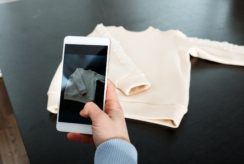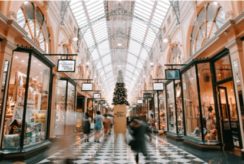The industry of resale of luxury goods has a history spanning decades, however, it has been largely overlooked for years due to the absence of established standards, systems, and authentication processes. Thanks to the digital acceleration, this market is experiencing a renaissance, now able to provide a shopping experience as seamless as buying new. Amid the criticism of the luxury and fashion sector for its excessive production and environmental impact, a unique opportunity has emerged to rectify the past and choose a future that is sustainable and environmentally responsible—the second-hand market.
Wavestone being a pioneer in digital transformation and sustainable future goals presents to you a radar focused on the startups with an expertise in the second-hand industry to accompany you with our implementation expertise and their innovative technologies in adoption of second-hand business model. With growing concerns about the environment and the depletion of our resources, there has never been a better time to embark on this journey of responsibility and circularity.
Objective and methodology of the Radar
The objective of this Radar is to identify and highlight startups capable of addressing the challenges of establishing an offer in the second-hand luxury market for luxury brands.
This involved a sustained monitoring of startup through meetings over several months. The goal of this framework is to consistently enhance the appropriateness of the innovative solutions presented by existing startups. The categorization of startups unfolds in four progressive phases:
- Set up, framing and defining key themes
- Sourcing
- Qualification
- Selection
Radar findings
Our analysis of these startups has enabled us to classify them into 4 main categories:
Gathering references based on respective brand criteria, assortment plan, established standards and pricing tools for an initial assessment of the luxury article.
Utilizing advanced authentication tools to assess the overall condition and authenticity of the product on a global scale. Facilitating the transaction process between the brand and the initial client.
Establishment and oversight of an e-commerce platform, promotion of second-hand offerings, management of financial transactions, and coordination of transportation logistics.
Managing post-purchase customer support activities for all after-sales needs. Focusing on product life cycle by traceability using technology.
We have identified several technologies that accompany the trends and challenges of the luxury sector:
- Artificial Intelligence
- Blockchain
- Machine Learning
This study shows that :
- Many startups specialize in implementing solutions from A to Z, i.e. in the entire implementation of the second-hand business model for luxury brands, in just a few weeks.
- New technologies are an integral part of the luxury second-hand business model, particularly in the authentication phase of luxury items.




